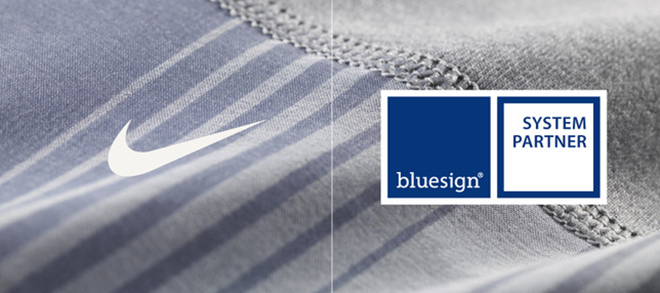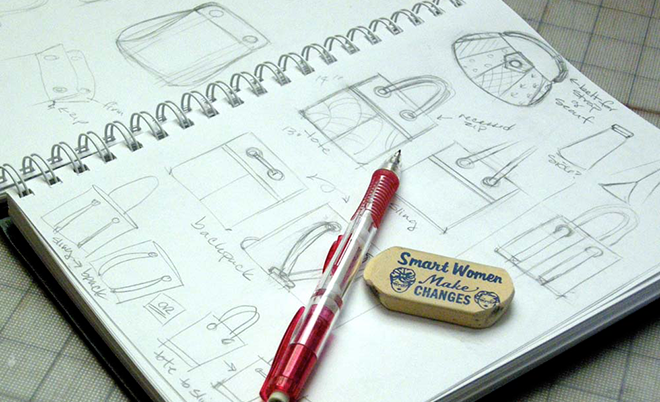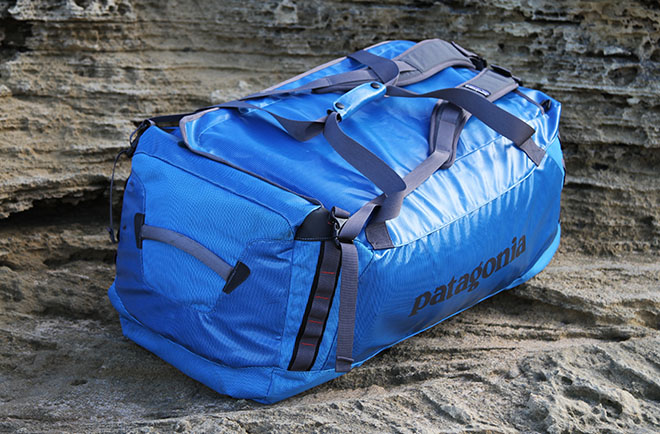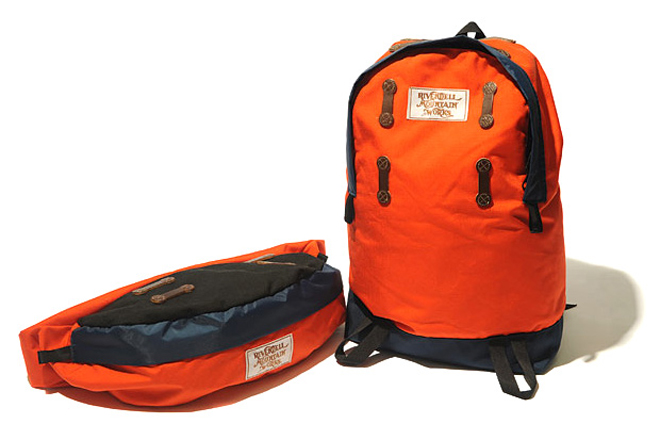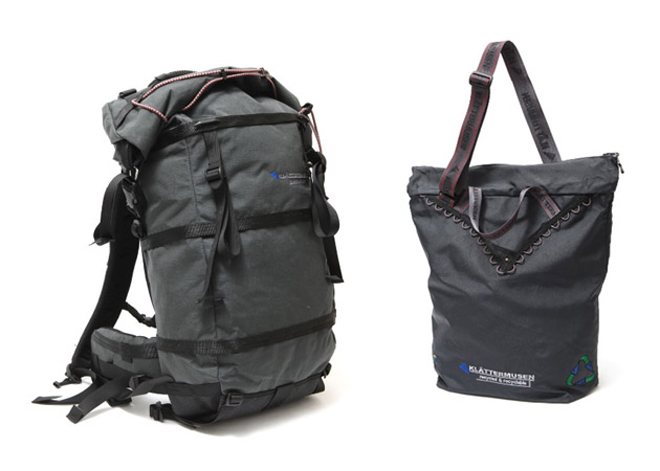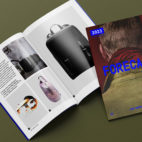Eco-carry…
We’ve touched on the recycled materials topic before, not too deep, but just a glance. Which, after re-reading it a while back, made us think we should probably jump a bit deeper into it. So we’ve pulled this post together to help us all get a better understanding of the factors brands face when developing carry with eco in mind.
There’s some brands out there who are doing a great job, we’ve highlighted them below. If we’ve missed any brands, or facts/points, please do let us know. This is an ongoing education for us all, and one area we all need to be well educated in.
Bluesign®
To start with, how does one “measure” the eco-friendliness of carry items? Say hello to Bluesign…
Several companies have their own norms and specifications (like Klattermüsen and Vaude) but there’s also Bluesign®. Bluesign® is an established standard for measuring the cycle from raw materials to chemical components to resources for carry items. Companies such as Vaude, Haglofs, The North Face and others comply with Bluesign® and have their production audited from time to time. An elaborate description of the Bluesign® standard can be found here. Quick note, Nike have just signed up as well.
Design
Eco-friendly carry items start with design. What materials are used (see further on), how much material is used, which specific production methods are necessary for producing the item. You can also look at how durable an item is designed. A bag that will last for 25 years will probably make a smaller footprint than five bags that last five years.
The catch there is while creating a bag to last 25 years is a great goal, how many items do you use daily now that you were using 25 years ago? Progression creates better products, so we’d like to think that as our designers progress so too can the ability to make a bag that’s both functional and relevant today and tomorrow. So what gives our gear the best chance of being relevant in 25 years? My guess is keeping it pretty basic and allowing for adaptation (through things like modularity).
Materials used
Another factor of eco-friendliness is the material that is used for the carry item. Organic cotton, hemp, recycled nylon, and recycled PET bottles are frequently used materials in more eco-friendly carry. Again, we’ve already taken a look at carry brands using recycled materials like fire hoses and truck tarp. Bluesign® makes a difference in materials that touch the skin and ones that don’t.
Materials are what consumers will experience when using the items, although not everyone might see the difference between nylon and recycled nylon or normal cotton and organic cotton. Here’s a story from Patagonia’s website on what made them make the change to organic cotton:
(From Patagonia’s website): “In the spring of 1988, Patagonia opened a store in Boston on Newbury Street. Within days, the people who worked in the store were sick: mainly headaches. We hired an engineer who told us the problem was the ventilation system: it was recycling the same tired air. But what was in the air? Probably formaldehyde, she told us. From the finish on the cotton clothes stored in the basement. Formaldehyde? This led us to commission a study of conventional cotton, and the discovery that cotton grown with pesticides is one of the most destructive crops in the agricultural world. Knowing what we knew, we could not continue to use conventional cotton for our sportswear. We went organic in 1996.”
Production process and logistics
A big part of the eco-friendliness of carry items is in the production process and logistics. How much waste is generated in cutting cloth, how much water, energy or chemical substances (tanned leather, anyone?) are used, where are parts of the item sourced, how are items transported. Consumers will rarely notice these things. Even harder to establish is if the designers and manufacturers of the products go to work by car or by bicycle.
Rivendell Mountain Works
Brands like Rivendell Mountain Works have a “locally sourced” strategy: “Supporting our “backyard” by utilizing local suppliers and manufacturers is what we are about. We believe this to be a valid approach to the economies of production and beneficial to the environment in its own small way.”
Packaging and presentation
If you buy a perfectly eco-friendly bag, wrapped in six layers of plastic, sold in a store lit by 100-watt light bulbs and run by amateur pilots/race car drivers who like to dump waste in a nearby lake every weekend, is it still eco-friendly?
Catherine introduced us to some outdoor retailers a while ago, amongst others to REI. REI has its own sustainable operations policy with goals like: “Become climate-neutral in our operations by 2020” and “Become a zero waste-to-landfill organization by 2020”.
After sales service
Is there any eco-friendliness after a carry item has been sold? Yes there is. Some companies spend part of the profits made on eco-projects. Some have a recycling programme, even so far as paying money for returned used bags.
Klattermüsen
Klättermusen are launching a unique recycling programme – rECOver. Consumers who return their used Klättermusen products to the shop will get back their deposits worth 1, 5, 10 or 20 Euros. The programme will also donate used and repaired outdoor clothing to charity. Initially, rECOver includes textiles made from polyester, nylon and polypropylene, as well as metals. Nylon and polypropylene have so far been difficult to recycle, but Klättermusen is one of the first in the industry to include them in a recycling programme. From 2009, all of Klättermusen’s products will have a small label attached to them. The label states the value of the deposit: 1, 5, 10 or 20 Euros.
Thoughts? Ideas? Opinions?
This post wasn’t so much a spew forth of facts, but more, we hope, a conversation starter that sparks something in the comments.
Have you got a rad eco idea? Do you think some brands should be ‘championed’ more for the eco approach?
Hit us up, could be some great conversation happening…
—-
Pssst, we grabbed the header image from here. It’s pretty rad huh! Go check more out.
Oh, and that real nice sketch image under ‘Design’? We got that image from here.





 Carry Awards
Carry Awards Insights
Insights Liking
Liking Projects
Projects Interviews
Interviews

